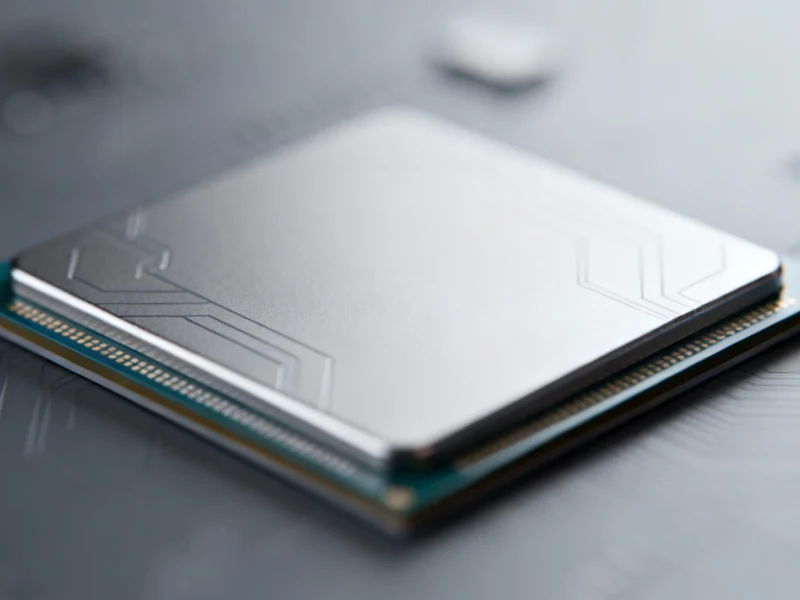Apple Announces Revolutionary M5 Chip Architecture
Apple Inc. has unveiled its highly anticipated M5 chip, marking what analysts suggest could be the most significant performance leap in Apple Silicon since the transition from Intel processors. According to reports from the company’s official announcement, the M5 represents Apple’s next-generation chip designed for the MacBook Pro, iPad Pro, and Vision Pro product lines.
Advanced 3-Nanometer Manufacturing and GPU Breakthroughs
Built using third-generation 3-nanometer technology, the M5 chip introduces what sources indicate is a revolutionary 10-core GPU architecture featuring Neural Accelerators integrated into each core. This design reportedly enables GPU-based AI workloads to run dramatically faster than previous generations. The report states that the enhanced graphics capabilities combined with third-generation ray tracing deliver graphics performance up to 45 percent higher than the M4 chip.
CPU Performance and Memory Architecture Enhancements
The M5 chip reportedly features what Apple claims is the world’s fastest performance core, with configurations offering up to a 10-core CPU consisting of six efficiency cores and up to four performance cores. According to the technical specifications, these improvements deliver up to 15 percent faster multithreaded performance compared to the M4 processor. The chip also features an improved 16-core Neural Engine and what sources indicate is a nearly 30 percent increase in unified memory bandwidth to 153GB/s.
Industry Context and Broader Technology Landscape
The M5 announcement comes amid significant developments across the technology sector. Recent reports from industry analysts highlight growing power demands for data centers, while regulatory developments in Europe could impact technology investments. Meanwhile, financial institutions are making substantial bets on venture capital, and business strategies are evolving in response to market conditions.
AI Performance and Professional Workload Applications
According to Apple’s official announcement, the M5’s Neural Accelerator integration within each GPU core represents a fundamental shift in how AI workloads are processed. The report states that this architecture enables unprecedented performance for machine learning tasks, creative applications, and professional workflows. The powerful media engine and increased memory bandwidth reportedly make the M5 particularly suited for high-resolution video editing, 3D rendering, and complex computational tasks.
Market Positioning and Competitive Landscape
The timing of Apple’s M5 release coincides with what industry observers note as increasing financial pressures across technology sectors. Meanwhile, regulatory environments continue to evolve, potentially affecting how technology companies operate. Apple’s continued investment in proprietary silicon development, according to analysts, represents a strategic commitment to vertical integration and performance differentiation in competitive markets.
Sources
- http://en.wikipedia.org/wiki/Graphics_processing_unit
- https://www.apple.com/newsroom/2025/10/apple-unleashes-m5-the-next-big-leap-in-ai-performance-for-apple-silicon/
- https://www.macrumors.com/2025/10/15/apple-unveils-m5-chip-with-next-generation-gpu/
- http://en.wikipedia.org/wiki/MacBook_Pro
- http://en.wikipedia.org/wiki/Apple_Inc.
- http://en.wikipedia.org/wiki/IPad_Pro
- http://en.wikipedia.org/wiki/Ray_tracing_(graphics)
This article aggregates information from publicly available sources. All trademarks and copyrights belong to their respective owners.



